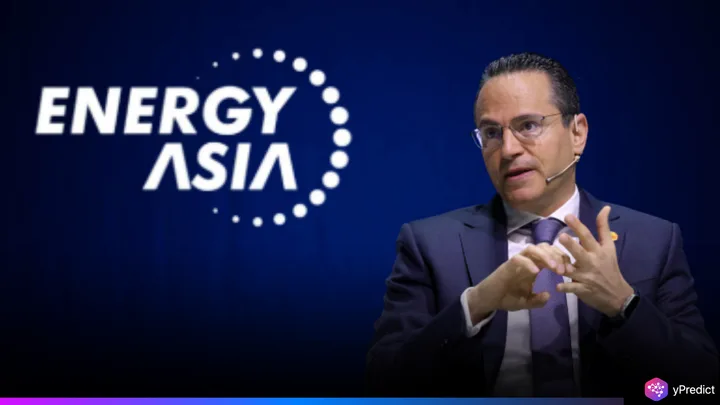
As artificial intelligence drives explosive growth in data centers, Southeast Asia is emerging as a critical power battleground. At the Energy Asia conference in Kuala Lumpur, Shell CEO Wael Sawan pointed to Malaysia as a key investment focus, driven by demand for reliable electricity. The push comes as AI growth puts pressure on energy infrastructure, prompting giants like Shell, TotalEnergies, and Petronas to ramp up gas production for a more connected, AI-powered future.
Petronas CEO Tengku Muhammad Taufik said global power demand from data centers could more than double by 2030, reaching 945 terawatt hours. For Southeast Asian governments, the AI surge brings both opportunity and urgency. Meeting demand without derailing climate goals means gas, not coal, is the chosen path.
Powering AI with Gas: The Infrastructure Behind the Growth
Gas is being framed as the most practical bridge between old grids and new demands, especially for AI workloads. Powering massive server farms requires stable, continuous electricity. Unlike solar or wind, gas-fired power plants can provide this consistently. Companies such as Shell are responding. The firm pledged $2.12 billion in new investments for Malaysia, citing energy security and economic growth.
“Gas production in Southeast Asia is expected to drop 20% by 2035, and we need to backfill that,” Sawan said. His point underscores a wider trend. LNG (liquefied natural gas) is the fastest way to meet AI-driven needs because infrastructure is already in place. Inpex, Japan’s largest oil and gas explorer, has also re-entered Malaysia. It now explores six offshore blocks and is expanding the Abadi LNG project in Indonesia.
AI Growth Fuels a High-Stakes Energy Balancing Act
As the AI industry scales, governments and energy firms face a balancing act. Reliable power must grow without deepening climate damage or raising prices. French major TotalEnergies recently bought more stakes in Malaysian gas fields, pointing to rising demand. “This is where the population is growing. So this is where we need more energy,” CEO Patrick Pouyanne said. Natural gas is being positioned as a cleaner option than coal, and a more realistic option than renewables for now.
Data centers, with their always-on computing needs, rely on steady power sources. In Malaysia and Indonesia, firms like Eni and Petronas are forming joint ventures to expand gas capacity. Meanwhile, ConocoPhillips is eyeing fresh investments in Sabah, even after withdrawing from another project in Sarawak. Still, critics warn this gas pivot may delay long-term clean energy adoption. The urgency to feed AI demand could lock in gas use well beyond 2040.
The New Power Priority: Fueling AI’s Rapid Expansion
From server racks to LNG terminals, AI is redrawing Southeast Asia’s energy map. Data centers are no longer seen as niche infrastructure; they’re core to national power strategies. Petronas and global energy firms are racing to ensure AI systems don’t outgrow the grid. Daniel Yergin of S&P Global said gas now has a “much bigger profile” due to this shift. “Countries can’t meet electricity needs for data centers without a bigger role for natural gas,” he said. This AI-led demand surge is accelerating decisions once expected to take decades. Now, they’re unfolding in months.






